Tired of waking up to find sweat stains on your pillowcases or yellow stains on your sheets? This is a common problem that most of us experience, and we feel your pain. Luckily, we also know a thing or two about luxury bedding. So here are our top tips for removing stains from your bedding, garnered from our years of experience in the industry. Our approach is to identify and attack. You’re welcome!
Step 1: Identifying Stubborn Stains
The first thing you need to do before you can treat a stain is to identify what it is.
Yellow Stains on Bedding
The natural oils that your body produces are often secreted in the form of sweat, particularly when you’re sleeping. This will leave stains that appear yellow.
If you’ve popped your sheets in the washing machine with yellow oil stains on them before you realised they were there, you might find that these stains have a light brown tinge, but the biological make-up of both of these stain types is the same. Unfortunately, because these unsightly stains are oil-based, they can be tricky to remove.
Brown Stains on Bedding
The enzymes in saliva will also dry brown, and this is often the cause of brown stains on pillowcases. Saliva stains can look unpleasant, but the good news is that these stains are easy to remove as they do not contain as much oil as sweat.
Blood Stains on Bedding
Finally, if you cut yourself shaving or playing sport, then you may find that you have a blood stain on your sheets: these can range in colour from red to dark brown. If you do notice a blood stain, then it’s important to deal with this as quickly as possible, as these will be harder to remove the longer they are left.

Better Sheets, Better Sleep
bedable sheets are made from 100% Cotton.
Cotton absorbs perspiration and regulates
the body temperature for uninterrupted sleep.
Step 2: Attack Super Stain Removal Tips for Luxury Bedding
Once your stains have been identified, it’s time to get them out of your luxury bedding. Here are some of the solutions you can try, using ingredients you’re likely to already have in your house:
Washing Up Liquid. We all have a bottle of washing-up liquid next to our kitchen sink. Try applying some directly onto your stain and rubbing it in before you pop the sheet in the washing machine. This will help to break down the oil from a sweat-based stain, and it should wash it away during the cycle, leaving you with fresh, clean sheets.
Soak Your Sheets. To remove a dried-on stain, soak your sheets in warm water for as long as possible before you wash them. This will help to loosen up the stain and make it easier to remove without intensive scrubbing.
White Vinegar. Dealing with a stubborn smell as well as a stubborn stain? Add a cupful of white vinegar to your wash. White vinegar will neutralise any stubborn odours, leaving your bedding looking and smelling fresher than ever. And don’t worry, the vinegar is scent-free once it’s dry, so your bedding won’t smell like a chip shop!
Sunshine. If you’ve already washed your sheets but you can still see the stain, try hanging the bedding outside to dry. Sunlight has bleaching properties, and drying stained items in the sunshine often helps to lift and lighten the stain.
Wash Your Bedding Regularly. Don’t give the stains enough time to set! Washing your bedding at least once a week will ensure that you are removing any stains and smells from your bedsheets before they become a permanent fixture.
Buy Natural Fibres. Bedding made from synthetic fibres tends to hold stains and smells much longer than their natural alternatives. If you’re prone to sweating as you sleep, then consider switching your bedding to that made with natural fibres instead.
Final Note: You don’t have to choose just one of these tips. Using all of them together should help to lift even the most stubborn of stains and smells.
Bedable is the home of luxury bedding in the UK, with a range of premium 400 thread count bedding available, in popular colours like navy, grey, white, and green.
People Also Asked
How to get rid of stains on bedding?
To remove stains from bedding, pre-treat the affected area with a stain remover or a mixture of baking soda and water. For stubborn stains, soak the bedding in warm water with oxygen-based bleach before washing. Always check the care label and use the appropriate water temperature and detergent for the fabric type.
How can I get my bedding white again?
Restore whiteness to your bedding by adding a cup of white vinegar to your wash cycle along with your regular detergent. For extra brightening, use oxygen-based bleach or add a half cup of baking soda to the wash. Dry your bedding in sunlight when possible, as natural UV rays can help whiten fabrics.
How to remove old stains from the bed?
Tackle old bed stains by first soaking the affected area in a mixture of warm water and oxygen-based bleach for several hours. Then, apply a paste of baking soda and water directly to the stain, gently rubbing it in. Wash the bedding in the hottest water safe for the fabric, using your regular detergent and an additional stain remover.
How to remove body stains from bedding?
Remove body stains from bedding by first blotting the area to remove excess oils. Create a paste using equal parts baking soda and water, apply it to the stain, and let it sit for 30 minutes. Wash the bedding in the hottest water safe for the fabric, adding a cup of white vinegar to the rinse cycle for extra deodorising power.
Which stain remover is the best?
The best stain remover often depends on the type of stain and fabric. However, enzyme-based stain removers are generally effective for organic stains like food, sweat, and blood. For a natural option, a mixture of white vinegar and baking soda can tackle many common stains. Always test any stain remover on an inconspicuous area first.
Why does my boyfriend turn the sheets yellow?
Yellow stains on sheets are often caused by sweat and body oils. Some people naturally produce more sweat or have a higher skin pH, which can react with fabric dyes. To prevent this, encourage regular showering before bed, use moisture-wicking bedding, and wash sheets weekly in hot water with a strong detergent.
Does vinegar whiten bedding?
Yes, vinegar can help whiten bedding. Add a cup of white vinegar to your wash cycle along with your regular detergent. The acetic acid in vinegar helps break down residue from soaps and detergents, leaving your bedding brighter and softer. It also acts as a natural fabric softener and helps remove odours.
How do hotels keep their sheets so white?
Hotels maintain white sheets through rigorous washing protocols. They use commercial-grade detergents, wash in very hot water, and often employ multi-cycle washing processes. Many hotels also use peroxide-based laundry additives for extra whitening power. Regular replacement of linens and professional laundering equipment also contribute to their pristine appearance.
How to deep clean bed sheets?
Deep clean bed sheets by first pre-treating any visible stains. Wash in the hottest water safe for the fabric, using a heavy-duty detergent. Add a cup of white vinegar or baking soda to the wash for extra cleaning power. For a thorough clean, consider a second rinse cycle. Dry sheets completely before use, preferably in sunlight for natural disinfection.
Does baking soda remove bed stains?
Baking soda can be effective in removing bed stains. Create a paste with baking soda and water, apply it directly to the stain, and let it sit for 30 minutes before washing. For tougher stains, mix baking soda with a small amount of hydrogen peroxide to form a paste. Always test on a small, inconspicuous area first to ensure it doesn't affect the fabric colour.
How do you remove old hard stains?
To remove old, set-in stains, start by soaking the item in warm water with oxygen-based bleach for several hours. Then, create a paste of baking soda and water, apply it to the stain, and gently work it into the fabric. For particularly stubborn stains, consider using a commercial enzyme cleaner before washing in the hottest water safe for the fabric.
Does baking soda remove stains?
Yes, baking soda can be effective in removing many types of stains. Its mild abrasive nature helps lift stains from fabric fibres, while its alkaline properties can help neutralise acidic stains. For best results, make a paste with water, apply it directly to the stain, let it sit for 15-30 minutes, then wash as usual.
What removes stains from bedding?
Effective stain removers for bedding include enzyme-based cleaners for organic stains, oxygen-based bleach for general stains, and a mixture of baking soda and vinegar for a natural approach. For sweat and body oil stains, a paste of baking soda and water can be particularly effective. Always check the care label and test any stain remover on an inconspicuous area first.
Does vinegar remove sweat stains?
Vinegar can be effective in removing sweat stains due to its acetic acid content. Soak the stained area in a solution of equal parts white vinegar and water for about 30 minutes before washing. For stubborn stains, you can also create a paste with vinegar and baking soda, apply it to the stain, and let it sit for an hour before washing.
Does vinegar remove stains?
Yes, vinegar can remove many types of stains. Its acetic acid content helps break down stain-causing substances. It's particularly effective on organic stains, mineral deposits, and soap scum. For best results, use white vinegar either as a pre-treatment by applying directly to the stain or add a cup to your wash cycle along with your regular detergent.
How to clean bed stains?
To clean bed stains, first identify the type of stain. For organic stains like sweat or blood, use an enzyme cleaner. For general stains, a mixture of baking soda and water can be effective. Apply the chosen solution directly to the stain, let it sit for 15-30 minutes, then wash in the hottest water safe for the fabric. For stubborn stains, consider soaking in oxygen-based bleach before washing.
Which is the best natural stain remover?
One of the best natural stain removers is a combination of white vinegar and baking soda. This mixture can tackle a wide range of stains effectively. Lemon juice is also excellent for brightening whites and removing rust stains. For grease stains, dish soap mixed with baking soda can be highly effective. Always test natural remedies on an inconspicuous area first to ensure they don't damage the fabric.
How to remove yellow stains from bedding?
To remove yellow stains from bedding, start by soaking the items in a solution of warm water and oxygen-based bleach for several hours. Then, wash in the hottest water safe for the fabric, adding a cup of white vinegar to the rinse cycle. For stubborn yellowing, create a paste of baking soda and water, apply it directly to the stains, and let it sit for an hour before washing. Drying in sunlight can also help naturally bleach and brighten the fabric.



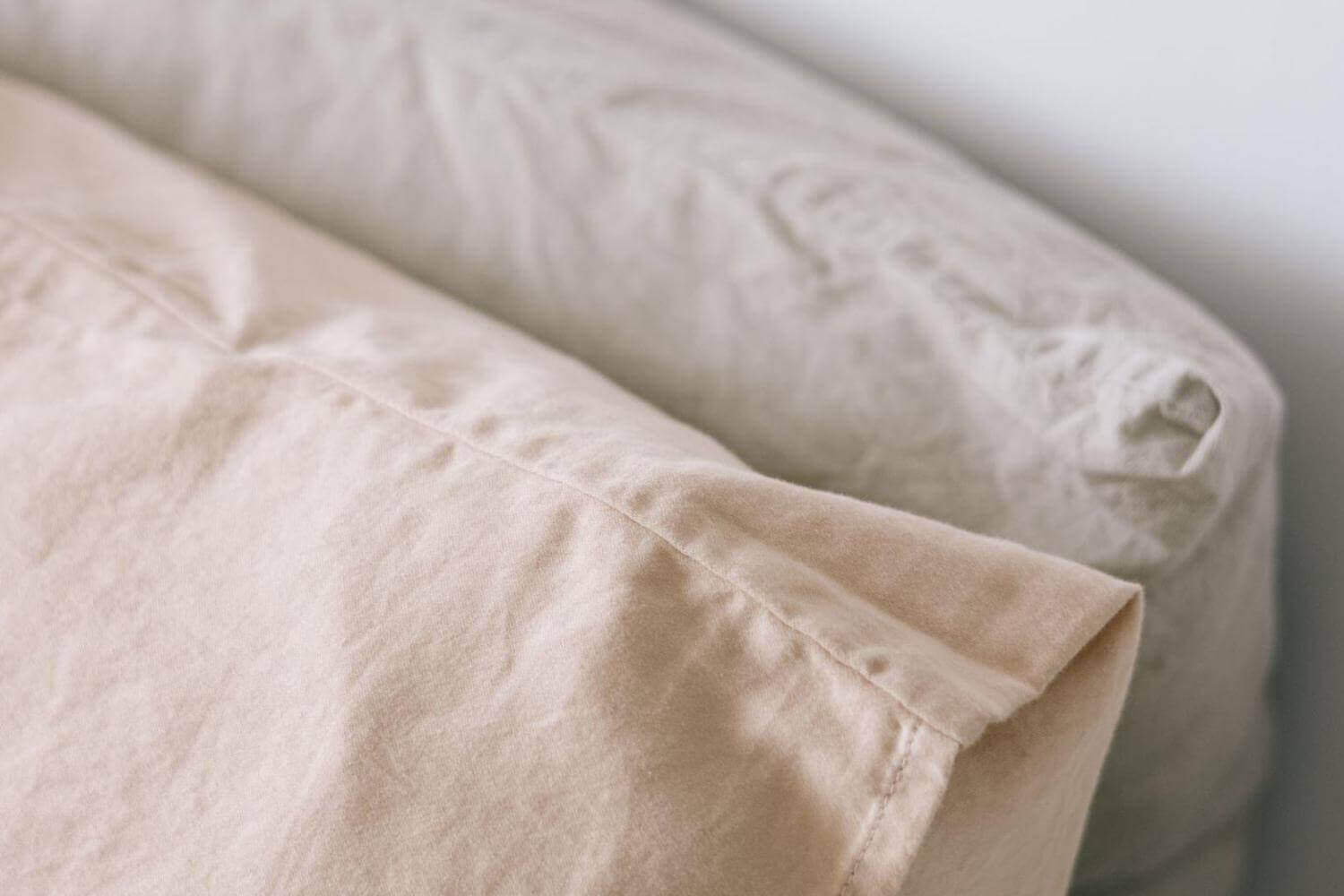
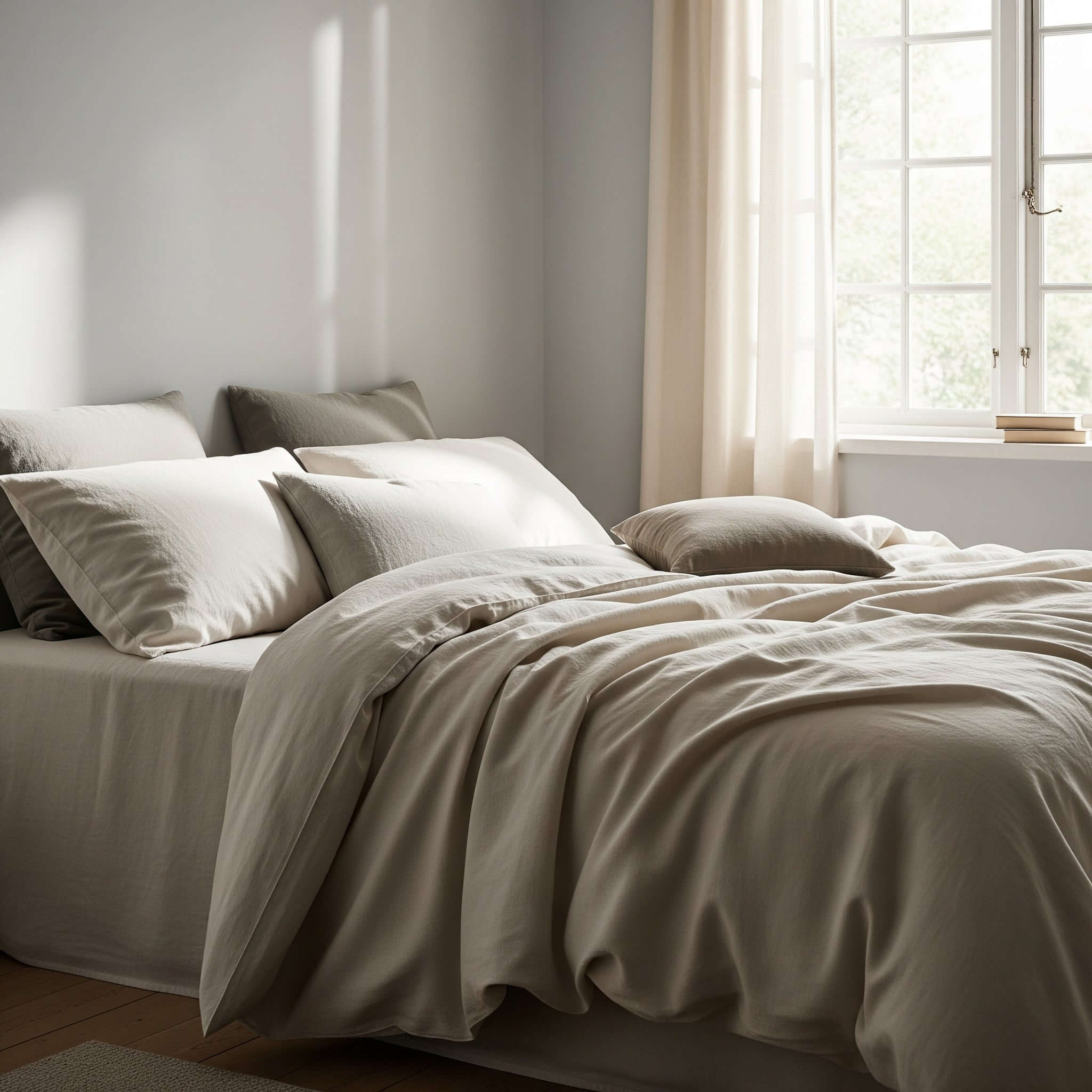
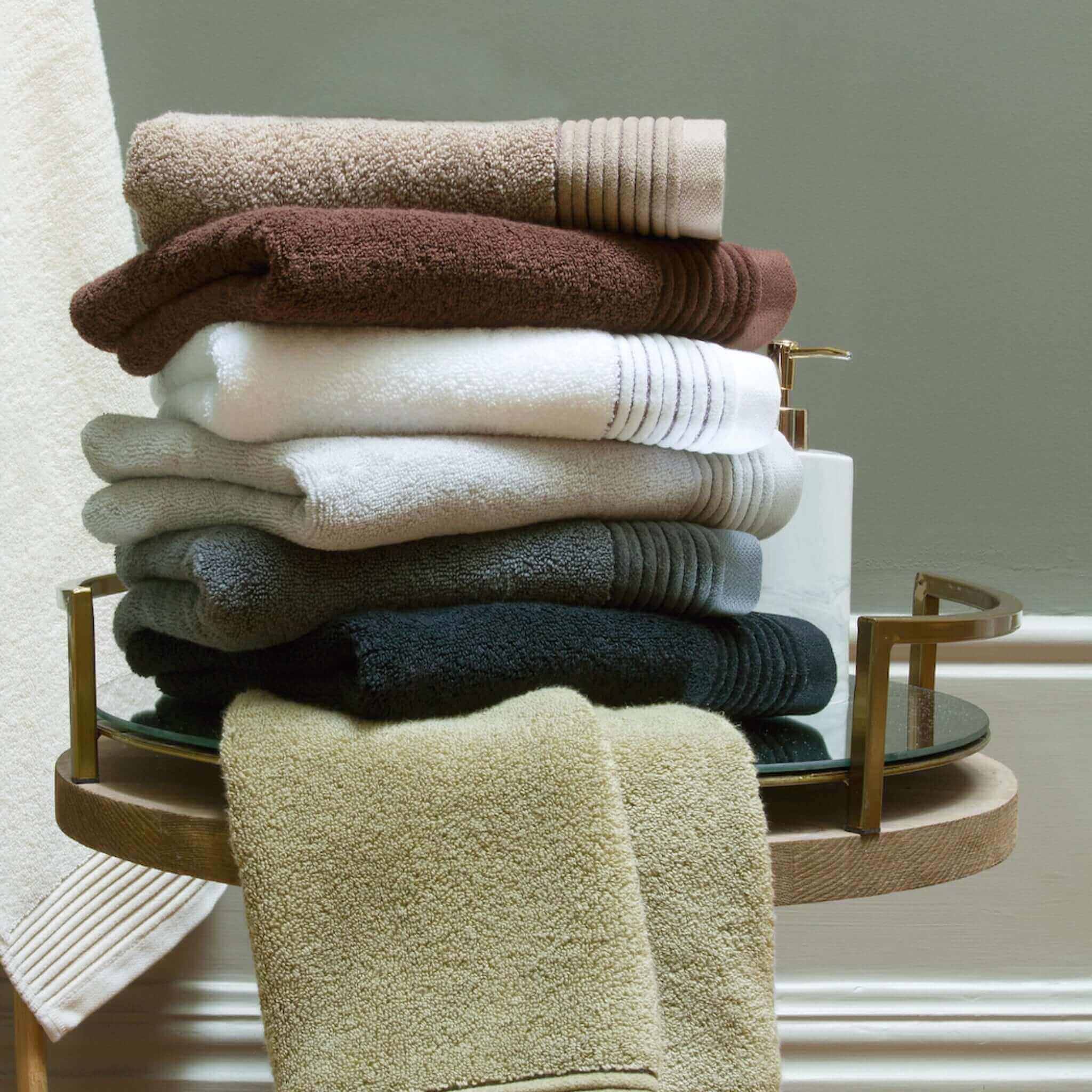
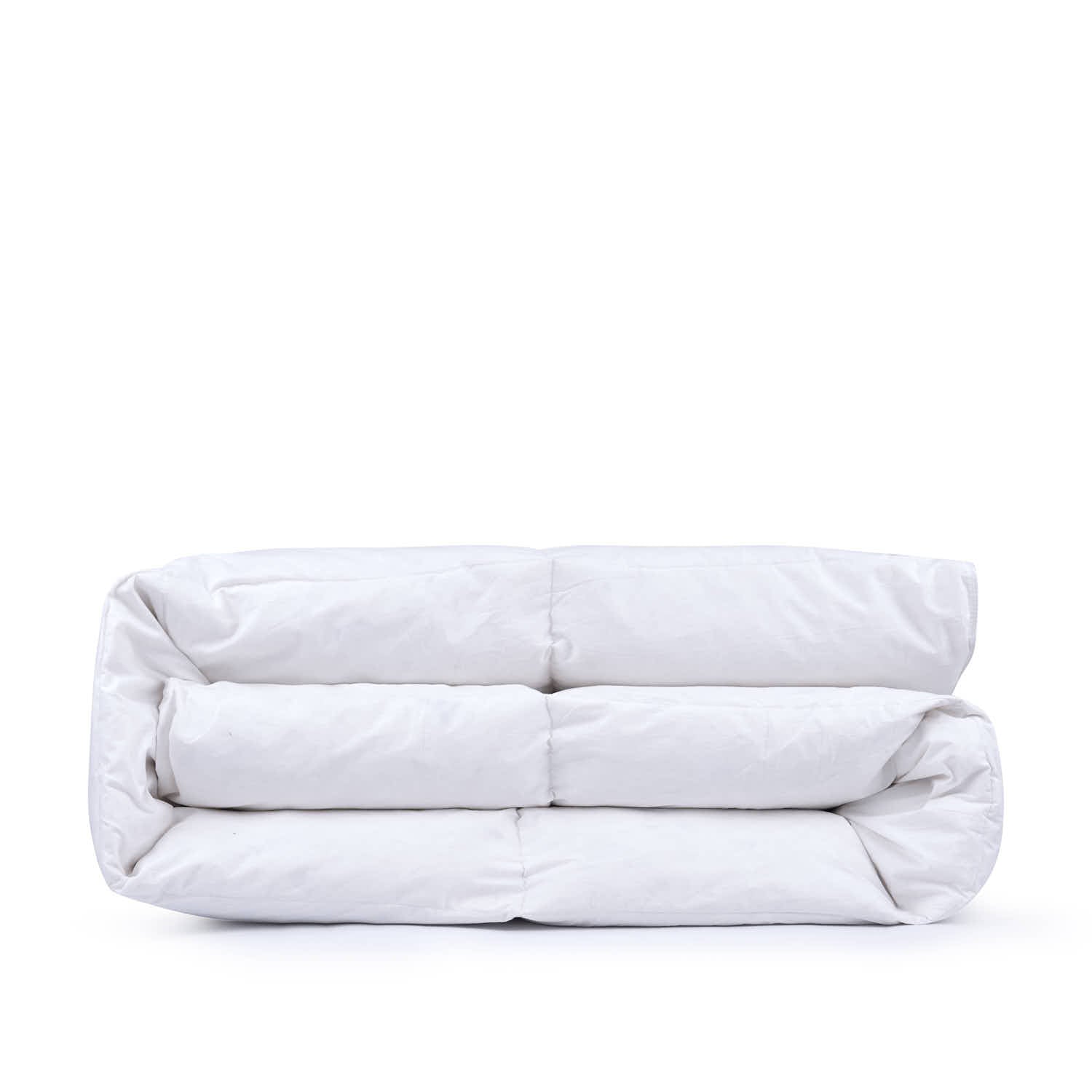
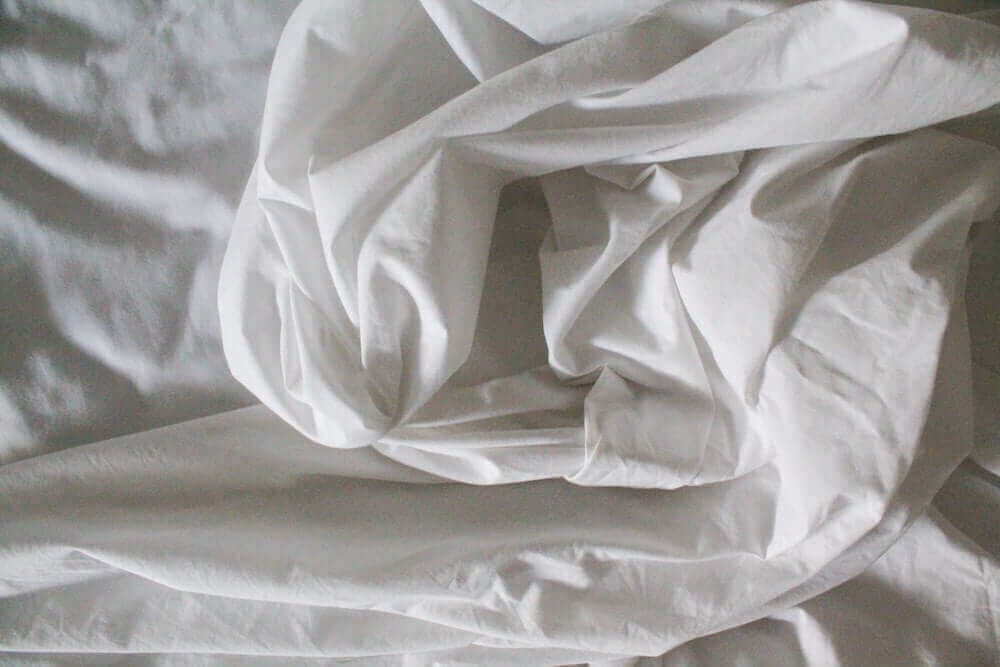
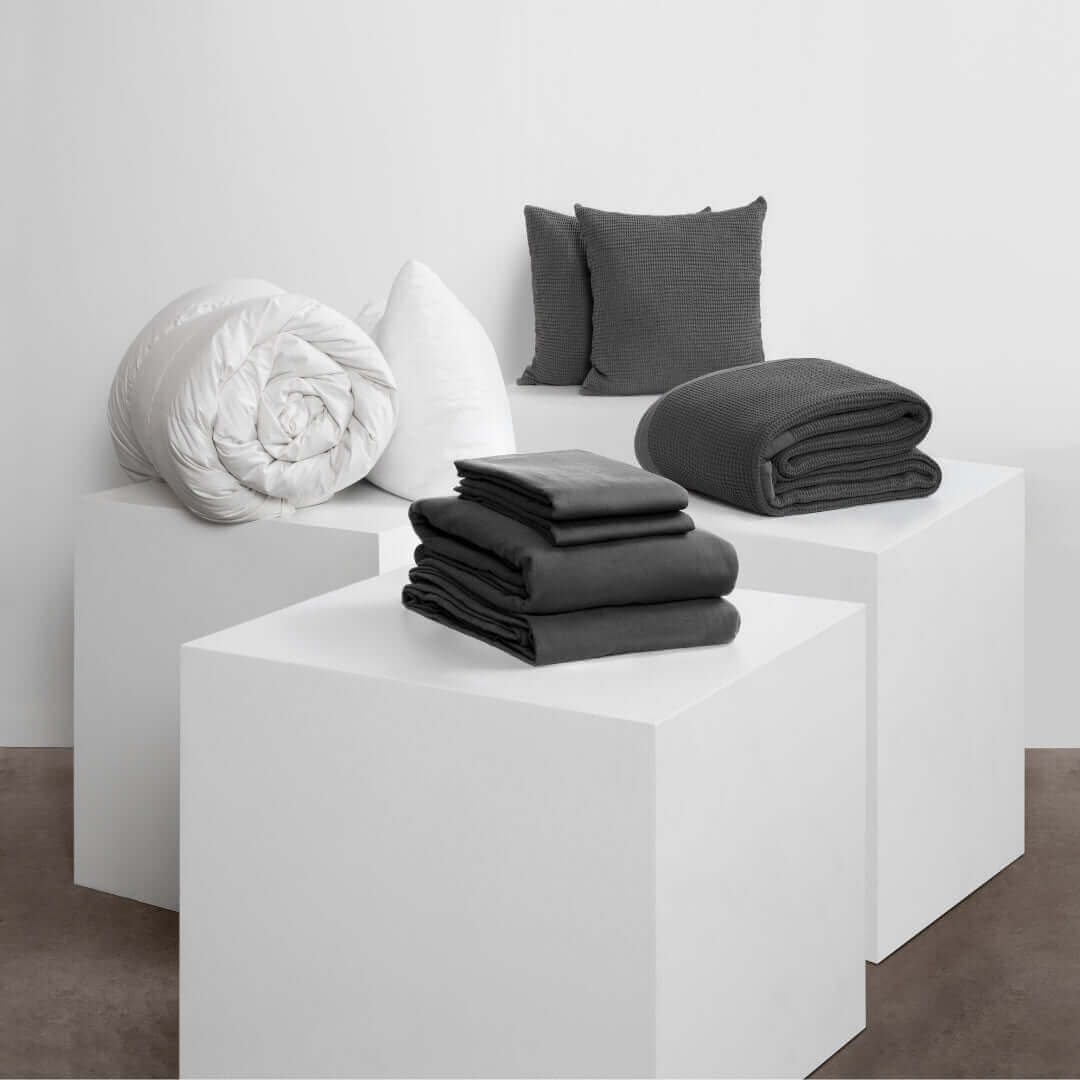
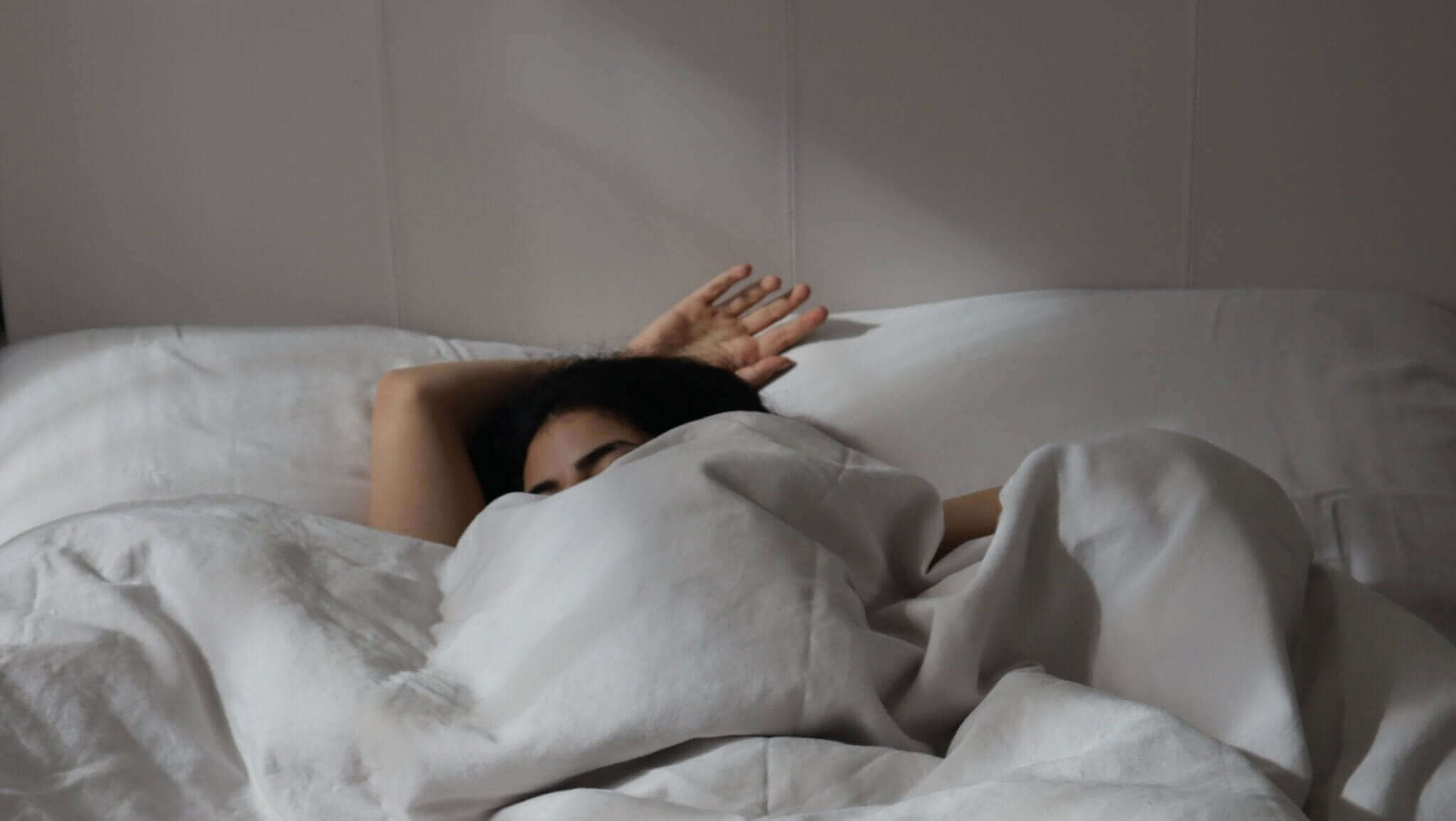
Share:
The Optimum Room Temperature for Quality Sleep
How to Share a Bed with a Restless Sleeper